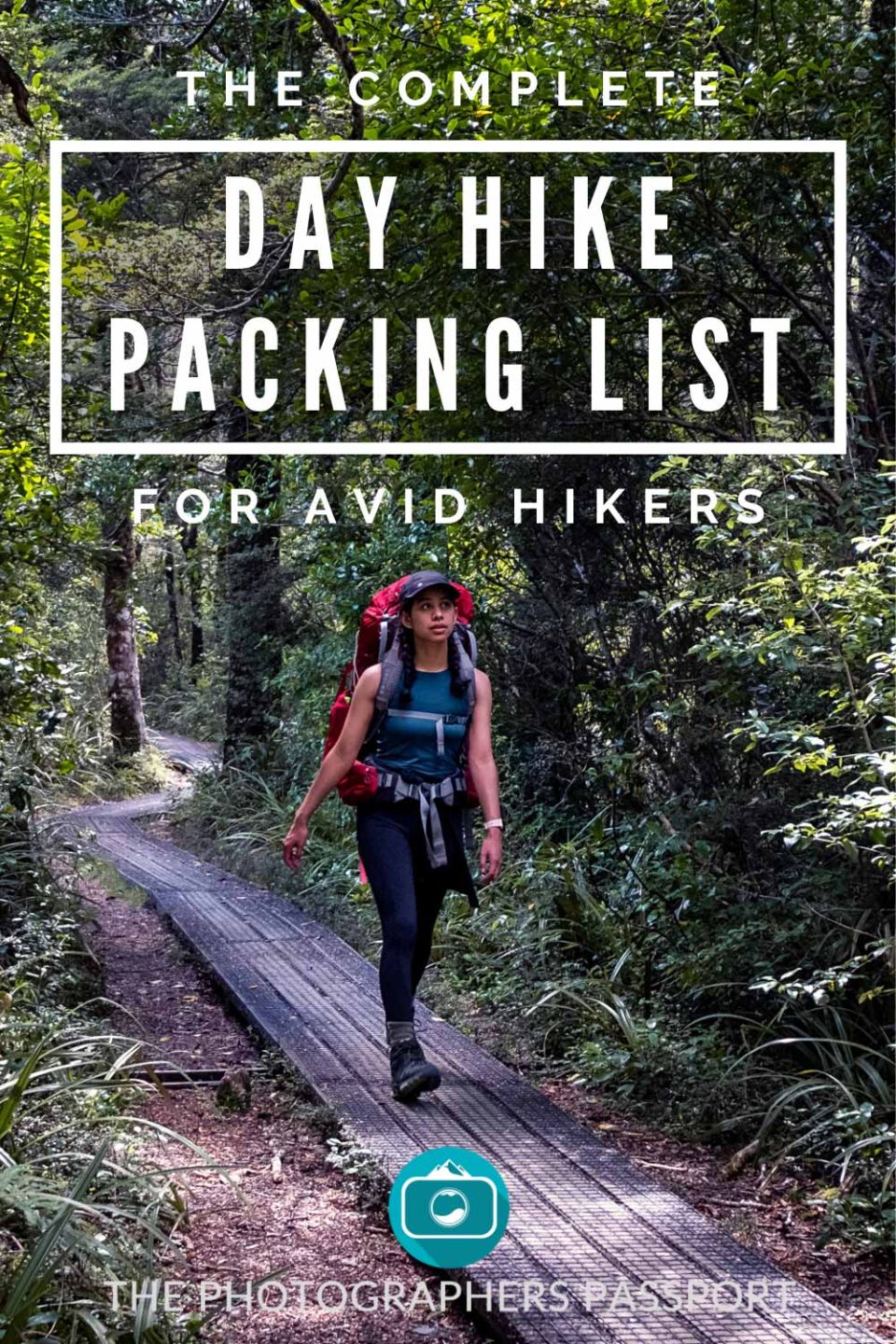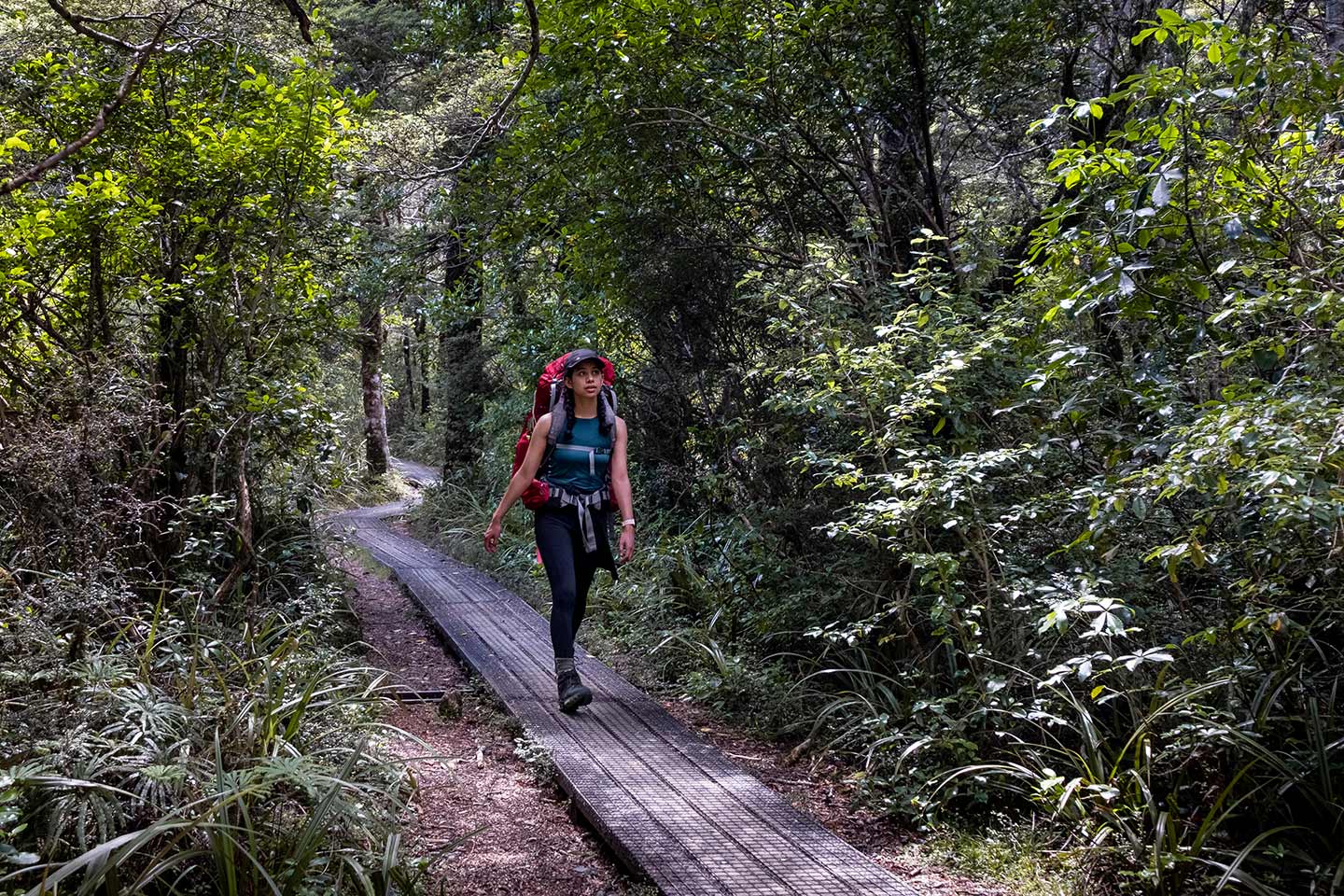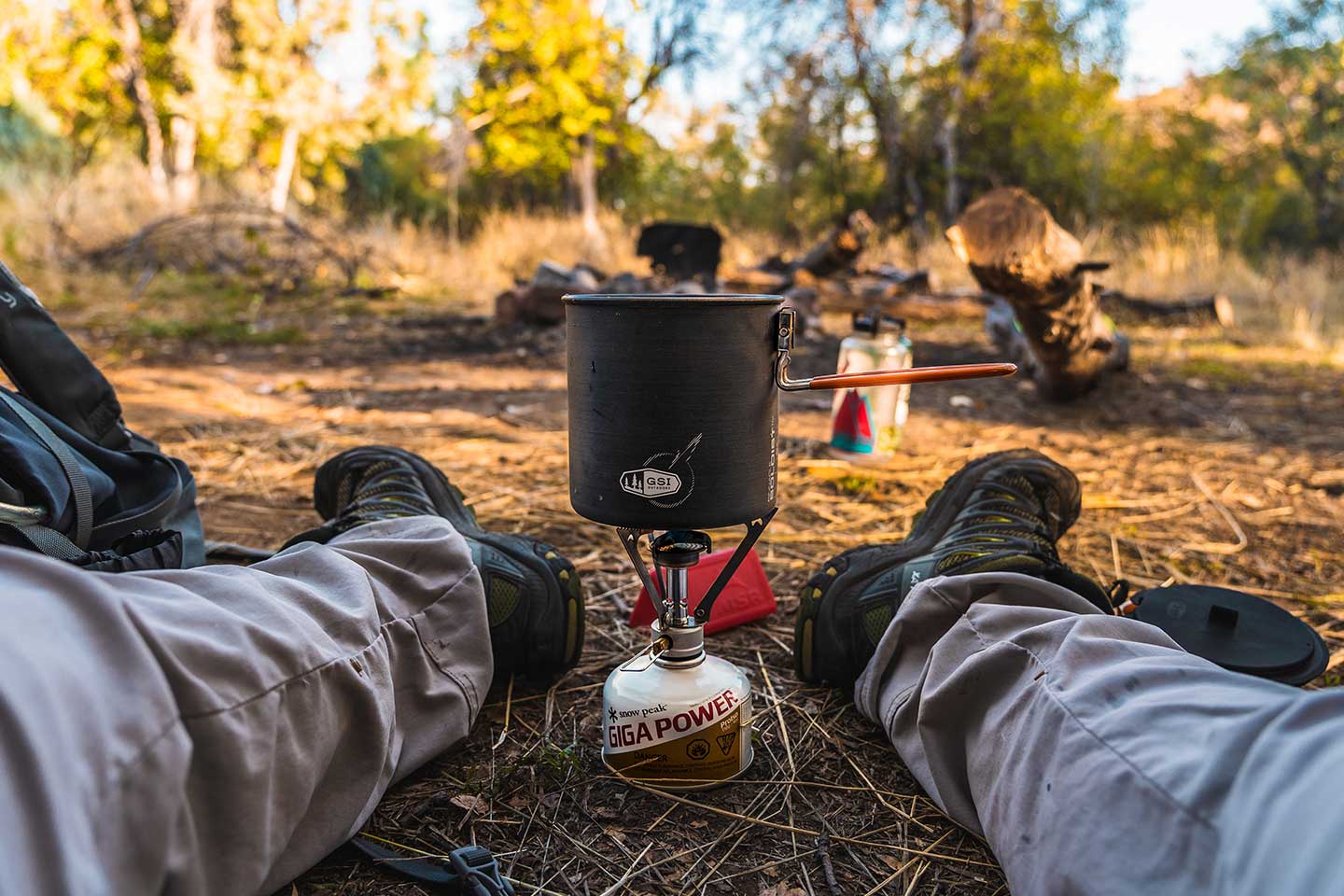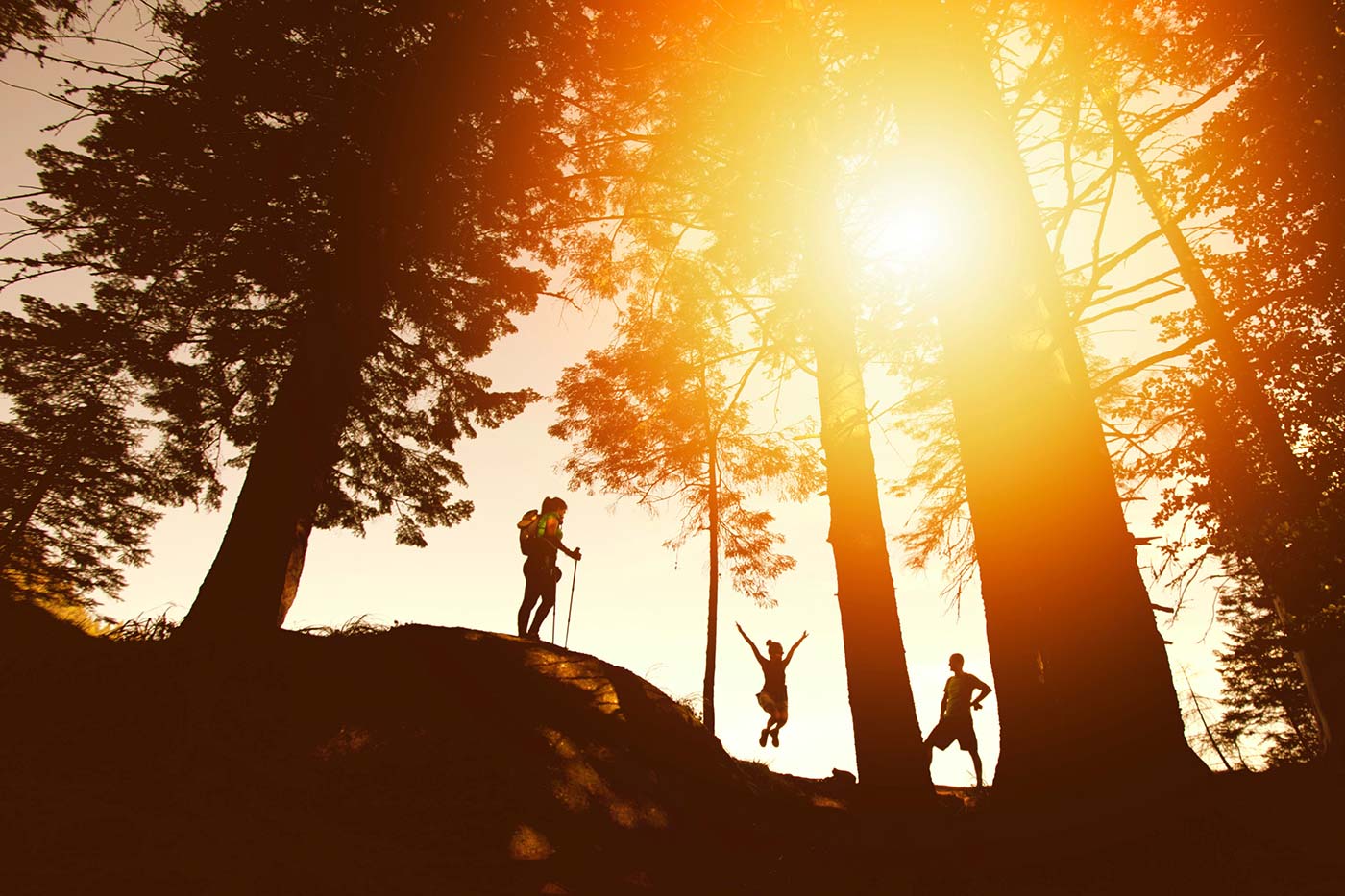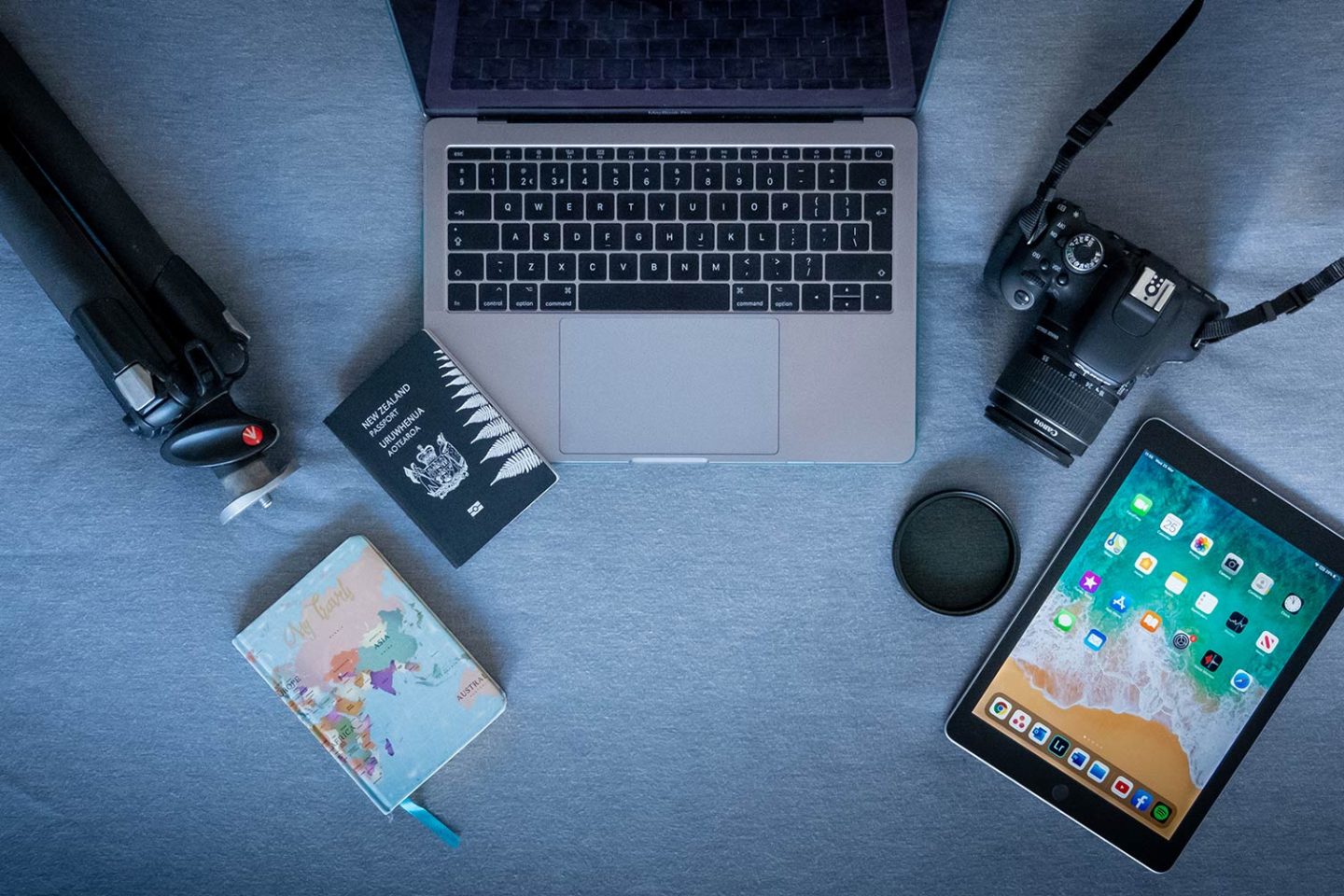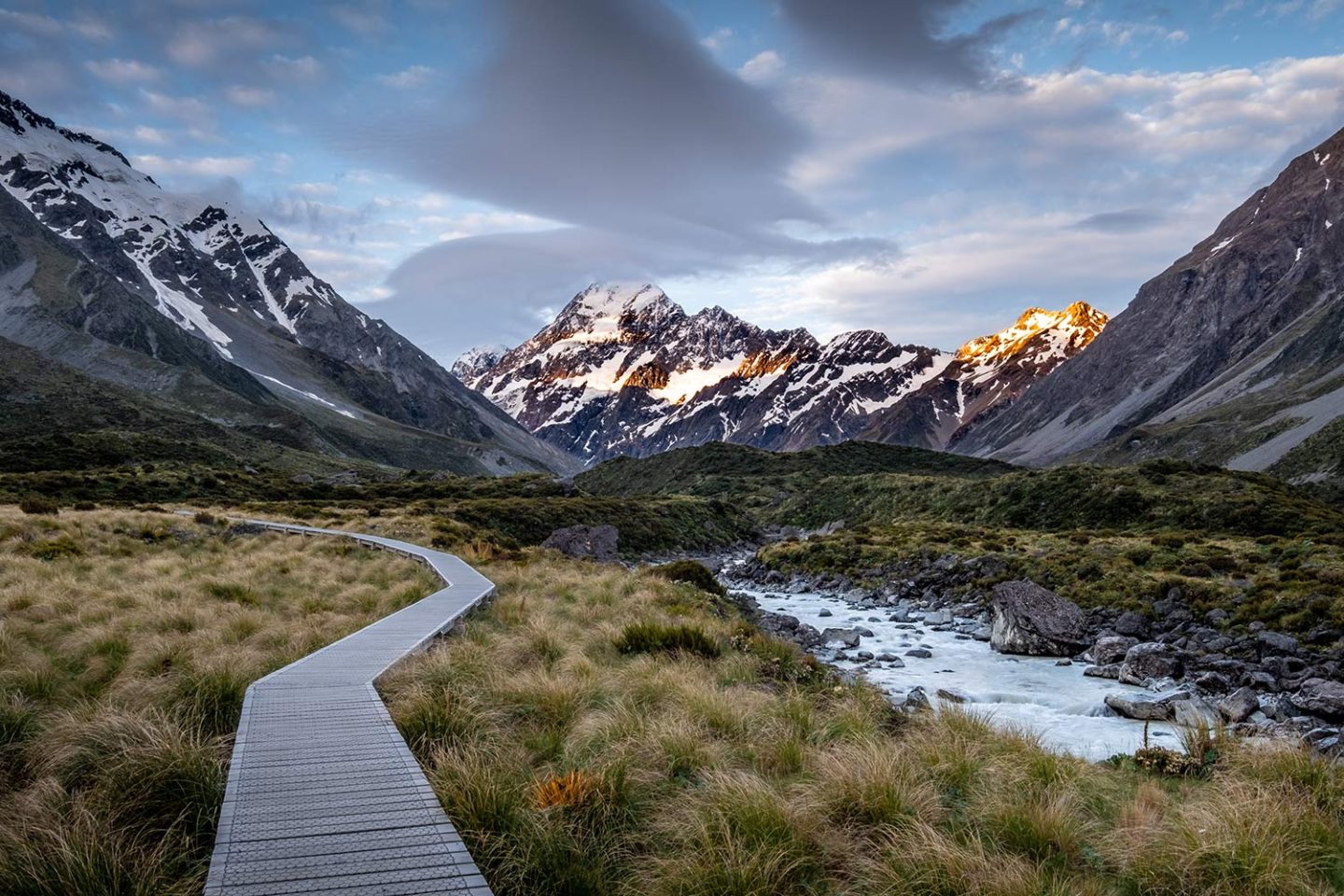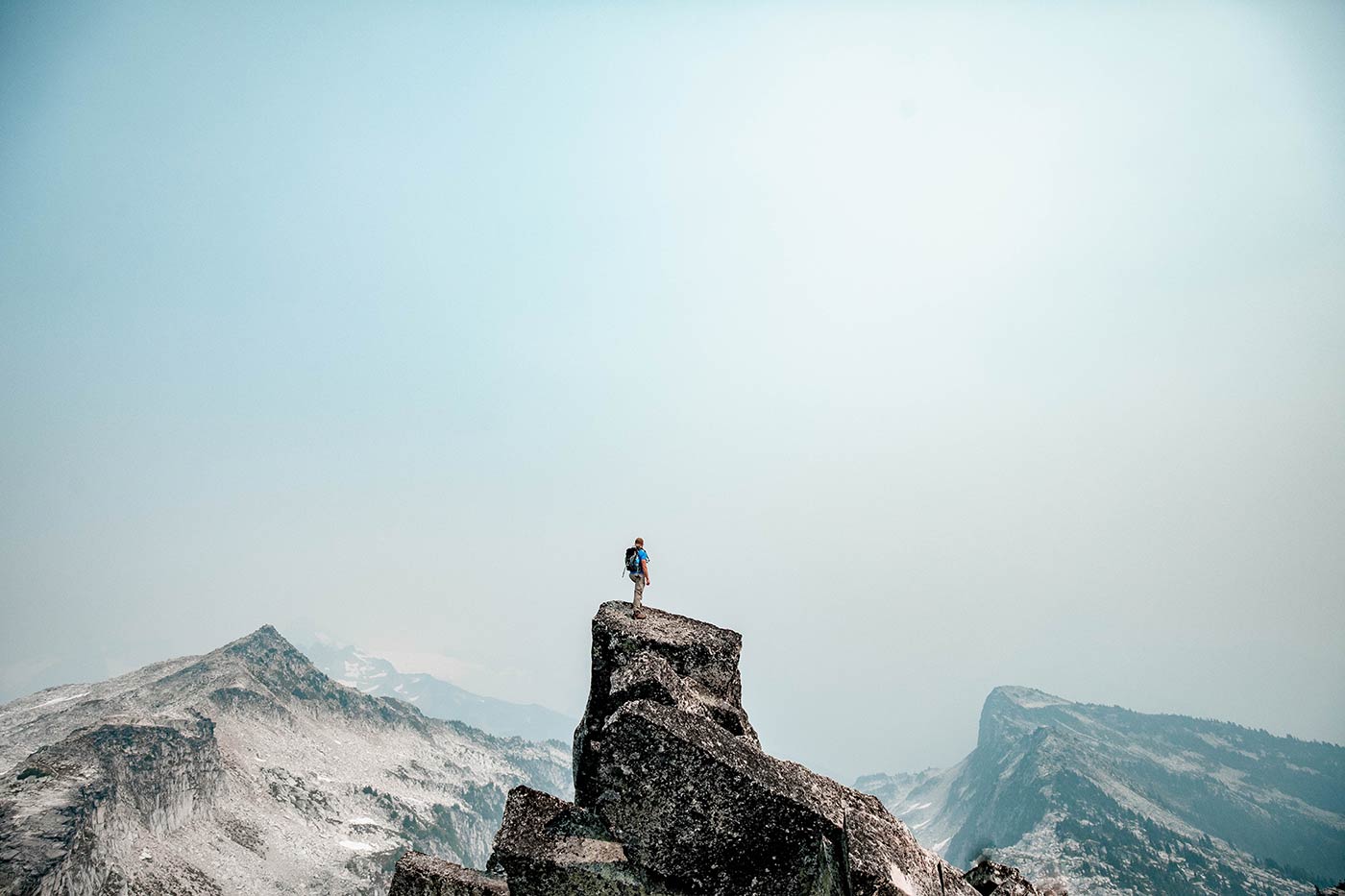This article may contain affiliate/compensated links. For full information, please see our disclaimer here.
So you’ve made the decision to get out and hit the trails. First of all congratulations, you’ve made a great choice, you’re going to have so much fun. I’m sure however like a lot of people you might have some questions regarding what to pack for a day hike? It’s an important question, after all the last thing you want to happen is to get stuck in the middle of the wilderness without the correct gear. With this day hike packing list, I am going to help point you in the right direction so you can be fully prepared for your day hikes. We’re going to focus mainly on the essentials but I will also mention some added optional items that are really useful to have.
PLANNING YOUR DAY HIKE
First of all, it’s worth putting some time into planning your trip, as this will help you to decide what you need to pack. Some of the items you pack will be dependent on a number of aspects such as the hike distance, terrain, how remote the area is, the weather forecast, and the climate, among many others. For instance, if the hike is a considerable distance you will need to have access to more water and food than a hike with a shorter distance. If the area you are hiking in is remote, you will want to take extra items such as a personal locator beacon as a precautionary measure. Or, if where you are hiking is known to get cold, you’ll need to pack more warm layers than you would if hiking in areas with a warmer climate.
It is a good idea to plan your day hike so that you can ensure where you are going is safe enough for all the members of your group. You also want to make sure you’re following the ‘leave no trace’ principles to minimize damage to the land. There are seven principles in total, the first is to plan ahead and prepare.

THE DAY HIKE PACKING LIST ESSENTIALS
There are a few items that you will definitely want to add to your day hike packing list. These are essential items that will help to keep you comfortable and safe while you’re on the trail. You can use this list of items as a guide to help you decide what may be appropriate to take in the area you’ll be hiking.
Daypack
To start off with you are going to need a bag to carry all your day hike packing list items. Realistically, any backpack will do the job so if it’s a one-time hike, by all means use any pack you have free at home. If you’re going to be frequenting the trails more regularly however, it will probably make sense to invest in a good daypack. There are so many good options when it comes to packs, with many companies making quality products. I have personally always trusted the quality of the packs made by Osprey. Their bags are built to last and whenever I’ve bought myself an Osprey bag it’s always withstood anything I’ve put it through on the trail.
A pack with a capacity of 10-20 liters for short hikes and 20-30 liters for longer hikes is a good guideline to follow. I personally take a 30 liter pack as I usually carry extra camera gear as well as enough food and water for both myself and my partner.
One thing to keep in mind when buying a daypack from a brand like Osprey is to get one that fits your back. Osprey has men and women specific bags that are made to fit your back. These packs also come in different sizes so it’s a good idea to head to a local retailer to try some on to see what size you need to buy.
The Stratos 24 is a great daypack for men which is packed full of useful features. Some key features include an integrated rain cover, ventilated mesh back panel, and a hydration bladder sleeve on the inside. The Sirrus 24 is the equivalent pack but made to fit women, again it’s stacked full of features. Both packs have plenty of room for all your day hike essentials, check them out below.
Clothes
Your clothing choices for your day hike will depend on a few factors such as the weather conditions and climate of the area you will be hiking in. If you will be hiking during a warm summer’s day, a t-shirt, shorts, and a warm mid-layer will likely be adequate. However, if the weather is looking unpredictable you will need to take a few more items along with you.
When choosing which clothes to take, try to pick items that are moisture-wicking or quick drying. Moisture-wicking clothes will allow you to stay comfortable for longer on your hikes. Check out some good examples of suitable day hike clothing below.
Additional Clothing for Rain/Cold Weather
Unfortunately, the weather isn’t always sunny and warm so you may need to take some additional clothing. A raincoat, rain pants, base layers, gloves and warm hat are all items that may be useful to take along with you if the weather is looking bleak. If where you are hiking is known to have changeable weather conditions, at the very least take a raincoat with you.
Footwear
When deciding your footwear, think about the sort of terrain you will be walking on. Will you be hiking on well-formed paths and trails or will the terrain be a little more rugged and rough?
If most of your day hiking will be taking place on nicely formed trails, hiking shoes or trail running shoes will likely be the best option. I like trail running shoes as they provide a good amount of grip but are also an extremely lightweight option.
If you plan to go hiking on less formed tracks and trails you may prefer to wear hiking boots. Hiking boots will provide more support, which can be a life saver when walking over loose rock and uneven surfaces. Also hiking boots will usually be waterproof so if you encounter any places where you have to cross rivers or streams they will keep your feet nice and dry.
These features do come at a cost though as hiking boots will be a lot heavier and chunky than trail running shoes or hiking shoes. Just keep this in mind when deciding on your footwear of choice.
The following shoes and boots are well known to be reliable and comfortable for your day hikes.
Popular Footwear Choices
The Altra Lone Peak 5 trail running shoes are a very popular choice among the thru-hiking community. The shoe has generous cushioning and a wide toe box so it’s perfect for those that have a slightly wider foot.
These Salomon trail running shoes are perfect for people who prefer a slimmer fit shoe, it is ideal for those with a narrow foot. The shoes are extremely durable, have a good amount of cushioning and a lot of grip.
Other Footwear Options to Consider
Men’s
Navigation
Often an overlooked aspect of day hiking is how you are going to navigate the trails. A lot of trails and tracks are well marked so you may think you’ll be okay to head out without a map and a compass. However, this can be a grave mistake as the outside world can be a cruel and unpredictable place. Weather conditions, degraded tracks, or even a distraction could take you off course and allow you to get lost.
A compass and a map of the local area you will be hiking in are both essential bits of kit to have on your day hike packing list. If you happen to get lost out in the wilderness, a compass and a map could help save your life. I always take both no matter how short the hike is. Nowadays there are more high tech solutions such as GPS devices which can be useful as well, however a compass and map is always a foolproof solution.

Water, Water, Water
Probably the most important part of any day hike packing list is water! Without it you’ll run the risk of dehydration which is not pleasant. How much water you take along with you will be dependent on many factors such as the difficulty of the hike, the length, the weather, as well as many others. For a day hike of a reasonable distance I would take a minimum of 2 liters of water. Check out this great article, which explains some hydration basics for hiking.
When it comes to carrying your water if you are using a water bottle try to keep it in a place that is easily accessible. A mesh pocket on the outside of your bag is a perfect and easy access point for a water bottle. An even better option would be to invest in a hydration reservoir, this will allow you to have access to your water at all times during your hike.
For longer hikes you could think about taking a water filtration system with you, a Sawyer Squeeze water filter is a perfect example. This small and lightweight option allows you to drink water from lakes, rivers, and other natural sources with complete confidence in its safety. This is a great option if you are walking in an area that has a lot of natural water sources as it means you can carry less water in your pack.
Food and Snacks
If you’re anything like me your snack and lunch breaks will be one of your favorite parts of day hiking. You get to enjoy whatever tasty treats you brought along, all while taking in the amazing scenery that surrounds you.
For lunch, pre-made sandwiches with a filling of your choice and some fresh fruit is always a popular combination.
For snacks, anything goes, trail mix, dried mangoes, protein bars, and anything else your stomach desires. I personally love taking either a Clif Bar, Pro Bar, or sometimes both. Both Clif and Pro bars have plenty of different flavors to choose from, they’re super tasty and packed full of energy. Plus a little bonus for those vegans out there, both companies specialize in plant-based bars.
Emergency Items
There are a few items you should have on your day hike packing list just in case of an emergency. It goes without saying that you should take a small first aid kit with you so you can patch up any injuries on trail.
As well as a first aid kit you should take something which will allow you to start a fire quickly in the event of an emergency, a lighter, matches or fire flint are all useful to have.
A headlight or some sort of flashlight is also something worth taking along, even if you plan to be back before dark plans can change. Other items that may be useful to have are an emergency shelter and a multi-tool or knife.
Sun Protection
If you happen to be lucky enough to be hiking on a nice sunny day you’ll need to pack some items to protect yourself from the sun’s powerful rays. Some sunscreen, a hat of some sort and sunglasses is all you need. If you want to take it to the next level of protection you can now buy clothing that has a UPF rating. This can be useful if you burn easily from extended exposure to the sun.
Personal Items
Personal items are not exactly essential but may prove to be useful in some situations. I always take my cellphone, cash, and a credit card along on my day hikes. They don’t take up too much space and can be extremely beneficial to have in your backpack. A phone may allow you to contact help if you get yourself into trouble, as long as you have a cell signal. A card or cash is always good to have for emergencies as well.
Don’t forget to add your camera to your day hike packing list, you don’t want to miss out on any photo opportunities. I pack my mirrorless camera, a spare lens, and a small tripod but that’s because my main goal when I go day hiking is to capture as many photos as possible. The camera on your phone is a great alternative for those who are not as into photography as I am.

DAY HIKE PACKING LIST ADDITIONAL ITEMS
We have covered the essentials you should be adding to your day hikes packing list, however there are some additional items that you may want to consider.
Trekking Poles
For hikes that have a lot of uphill or downhill sections, some trekking poles can be an extremely welcome addition. A good pair of trekking poles will make walking up or down hills so much easier, especially if you’re susceptible to pain in your knees. If you know the hike you will be embarking on has lots of inclines or declines, my advice is to take some poles.
Personal Locator Beacon
If where you are hiking is quite remote or known to be dangerous, it may be a good idea to take along a personal locator beacon or PLB with you. A PLB is a device that will allow you to send an SOS signal to a nearby search & rescue agency. When activated this will give search and rescue your location so they can rescue you from danger. PLB’s are only to be used in extreme circumstances if your life is in danger. I have never had to use my PLB but it is nice to know I have it in the case of an emergency.
Insect Repellent
Insect repellent is extremely useful to have on your day hike packing list especially if you react badly to insect bites like me. Any insect repellent is better than none but if you want the good stuff, find one that contains deet.
Hand Sanitizer
Considering what has been happening in the world over the last couple of years I would almost regard hand sanitizer as an essential item for anyone, especially hikers. It can get dirty out on the trails and a little bottle of hand sanitizer can make a world of difference.
Buff
A buff or bandana is a great additional item to add to your day hike packing list, it will probably be the most versatile item you take with you. It can be used as a bandana, headband, sweatband, tissue, face mask, and hair tie, among many other things. I always take one on my day hikes as it always gets used.
Gaiters
If you will be hiking in rain, snow, or somewhere very muddy, gaiters may prove to be a useful item to have. Gaiters will protect your feet and lower legs from moisture and debris while hiking. They are really useful when hiking in wet conditions as they will help prevent water, mud, and anything else from entering your hiking boots. Not an essential item for your day hike packing list but certainly useful in the right conditions.
MAKE SURE TO TELL SOMEONE YOUR PLANS
Although not strictly a part of your day hike packing list, it is important to tell someone about your plans for your hike. Tell someone you trust, this could be a family member or possibly a close friend. Tell them where you will be hiking, the time you plan to set off, and also the time you expect to arrive back. By doing this you will have someone to raise the alarm to the authorities if anything happens to go wrong. Don’t forget to inform your trusted family member or friend when you arrive back safely though!
Want some more great hiking gear recommendations? Check out the article below:
Pin It
